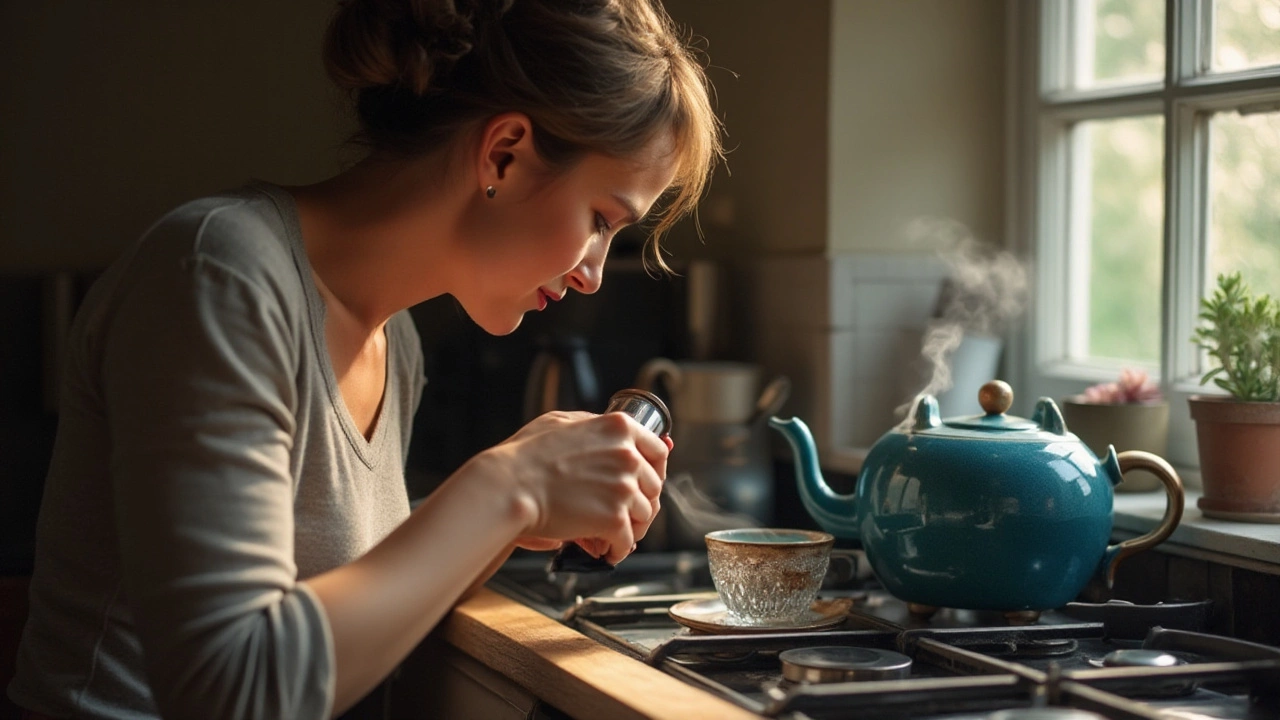DIY Plumbing: Simple Fixes Every Homeowner Can Do
When a faucet drips or a drain gurgles, it’s tempting to call a pro right away. But many small plumbing jobs can be handled in an afternoon with a few basic tools. Doing it yourself saves money and gives you confidence that you can tackle the next issue.
The key is to stay safe, work methodically, and know when a problem is beyond a DIY fix. Below you’ll find the essential tools, quick step‑by‑step fixes, and simple tips to keep your home’s water system running smoothly.
Essential Tools for DIY Plumbing
You don’t need a full toolbox to start. A few items cover most common jobs:
- Adjustable wrench: works on nuts of different sizes.
- Pipe wrench or basin wrench: great for tight spaces under sinks.
- Slip‑joint pliers: handy for gripping and twisting.
- Plumber’s tape (Teflon tape): seals threaded joints.
- Pipe cutter or hacksaw: cuts copper or PVC pipe cleanly.
- Bucket and towels: catch water and wipe up spills.
Keep these tools in a handy cabinet so you’re ready the next time a leak shows up.
Step‑by‑Step Fixes for Common Problems
1. Leaky faucet
Turn off the water at the shut‑off valve under the sink. Unscrew the faucet handle using a screwdriver or Allen key. Remove the cartridge or valve stem, check for worn O‑rings, and replace them with new ones (grab the right size at a hardware store). Reassemble, turn the water back on, and test. Most drips stop after a fresh seal.
2. Clogged sink drain
First, remove any debris from the trap. Place a bucket under the U‑shaped pipe, loosen the slip nuts, and pull the trap out. Clean it with a brush. If the clog persists, use a plumber’s snake: feed it into the drain until resistance eases, then pull out debris. Flush with hot water.
3. Running toilet
Lift the tank lid and watch the fill valve and flapper as you flush. If water keeps flowing, the flapper is likely worn. Turn off the water supply, drain the tank, replace the flapper, and adjust the float arm if needed. Turn the water back on and test. The toilet should stop filling once the tank is full.
4. Replacing a broken pipe section
Shut off the main water line and drain the system by opening taps. Use a pipe cutter to cut out the damaged segment. Clean the ends, apply pipe joint compound or Teflon tape, and fit a new piece using compression fittings or solder if it’s copper. Tighten the fittings, restore water, and check for leaks.
These fixes cover most everyday issues. If you encounter corroded piping, major leaks, or gas lines, it’s best to call a licensed plumber.
DIY plumbing is all about preparation, patience, and knowing your limits. Keep a small kit, follow the steps, and you’ll keep water flowing without breaking the bank.
Detecting a Faulty Water Heater Element: A Step-by-Step Guide
0 Comments
Recognizing when a water heater element is malfunctioning is crucial for maintaining a comfortable and efficient household. This article offers practical tips and step-by-step guidance to help you identify signs of a bad heater element. It covers visual inspections, how to use a multimeter for testing, and provides advice on potential energy cost implications. With these insights, homeowners can better maintain their water heaters and execute timely repairs.
Read More